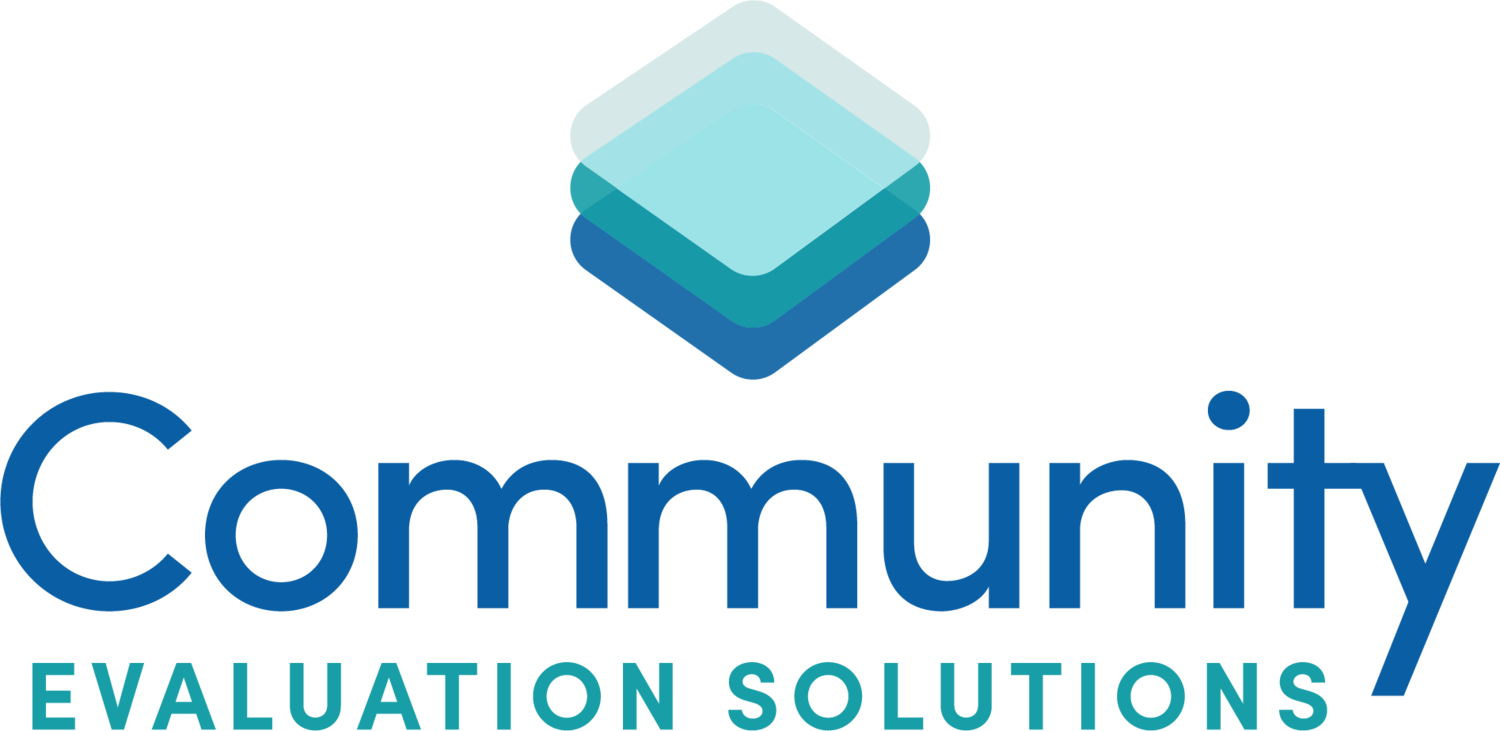What Kind of Nonprofit Community Leader Are You?
Nonprofit leadership goes far beyond decision-making.
It’s the heartbeat of trust, the spark behind lasting change, and the force that unites communities. Whether you're rallying a grassroots coalition or steering a multi-year initiative, how you lead is just as important as what you lead. Your leadership style doesn’t just shape outcomes—it sets the tone for your team’s energy, your mission’s momentum, and your organization's future.
Let’s explore the four leadership styles often seen in nonprofit and community-based work: The Controller, The Dreamer, The Negative Nelly, and The Inspirational Leader.
Why Leadership Style Matters in Community Change
Nonprofit organizations and coalitions thrive on collaboration, shared power, and trust. But when leadership isn’t aligned with those values, even the most promising efforts can stall. Understanding your leadership style helps you lead with more awareness, adapt when necessary, and bring others along on the journey.
Identifying your dominant leadership approach is important so that you maximize your strengths and become more aware of your weaknesses. Becoming a more effective leader can also help you strengthen relationships with key partners, avoid burnout, and build coalitions that deliver real results.
The 4 Leadership Profiles You Might Recognize
1. The Controller
Profile: The Controller is a charismatic figure who appears to say all the right things, but in practice, keeps a tight grip on power. They control meetings, membership, decision-making, and often resist collaboration.
Impact: While this style may get things done in the short term, iIt shuts down community voice, erodes trust, and leads to disengagement. Projects stall when community members feel unheard or excluded. Controlling leaders can do lasting harm to a collaborative effort.
Tip: Controllers can grow by practicing shared leadership. They need to bring others into the decision-making process and learn to let go of perfectionism.
2. The Dreamer
Profile: The Dreamer is creative and a visionary. The Dreamer brings big ideas and infectious enthusiasm. They see endless potential and constantly push for new initiatives, often without a plan to implement them.
Impact: While their energy can be inspiring, Dreamers often leave team members overwhelmed and exhausted. Without prioritization or follow-through, good ideas become unfinished business, leaving those around them frustrated
Tip: Dreamers can grow by aligning their ideas with team capacity and building strong implementation strategies before moving to the next big thing.
3. Negative Nelly
Profile: Negative Nelly always sees the worst-case scenario. Even when there is momentum and excitement around a project, they find a reason it won’t work. They are skeptical of motives and slow to embrace new ideas.
Impact: This style can kill creativity and morale. While caution can be useful, persistent negativity creates a fear-based culture and stalls innovation.
Tip: Nellies can grow by practicing possibility thinking and learning to balance risk-awareness with optimism and trust in others.
4. The Inspirational Leader
Profile: The Inspirational Leader rallies people around a shared vision and creates space for everyone to shine. They are skilled communicators, thoughtful listeners, keen observers, and committed collaborators.
Impact: This style builds strong coalitions and deep community engagement. They share credit, help others use their strengths, celebrate progress, and create conditions where others can lead too.
Tip: Inspirational Leaders can grow by continuing to build systems for sustainability so the work doesn’t depend solely on their presence or energy.
What Kind of Community Leader Are You?
Want to know your dominant style? Try our What Type of Nonprofit Community Leader Are You Workbook to gain insights into how you lead and how you can grow.
4 Next Steps to Grow Your Leadership and Drive Change
1. Reflect on Your Style
Take time to journal or talk through how your leadership style shows up in meetings, partnerships, and decisions. Reflection builds awareness, which is the foundation of intentional leadership.
2. Ask for Feedback
Leadership is relational. Create a safe space for trusted colleagues or community members to share feedback about how your leadership affects the group.
3. Strengthen Your Tools
Invest in leadership training or coaching tailored to nonprofit work. Books, peer learning circles, or workshops focused on equity-centered leadership can help you level up.
4. Lead with Practice, Not Perfection
Change doesn’t happen overnight. Leadership that drives equity and community transformation takes time and practice. Focus on the small, consistent actions that build trust and momentum.
Final Thoughts
Leading a nonprofit or coalition is challenging, but knowing your leadership style gives you the power to lead with more clarity, connection, and compassion. Whether you’re a Controller learning to share the mic, a Dreamer learning to focus, or an Inspirational Leader continuing to refine your approach, your leadership journey matters.
Because the way we lead is just as important as what we do.
